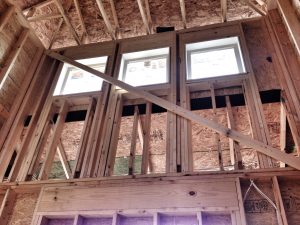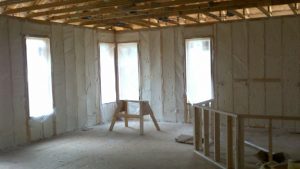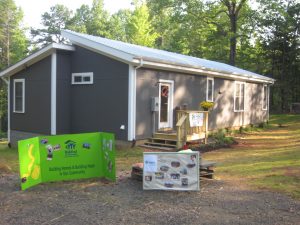 Going green when building a sustainable home is the first step in ensuring you are helping your environment and your wallet for years to come. How are your eco-friendly decisions benefiting your home?
Going green when building a sustainable home is the first step in ensuring you are helping your environment and your wallet for years to come. How are your eco-friendly decisions benefiting your home?
It is easy to dismiss making a decision that protects forests in South America if you have no direct attachment to South America. Using FSC certified wood is more expensive on a cash basis without a doubt. So why would you ever care about using this strategy? FSC is a third-party certification that protects rain forests in South America from being clear-cut.
How do we put value on saving these forests? It is difficult, however those forests are filtering air, sequestering carbon, and producing oxygen to breathe. So inherently we know the health of those forests is important, but again, is it worth paying more to build your home to protect forests half a world away?

Precious wood at Mil Madeiras Ltd. FSC, from sustainable logging. Amazon, Brazil
Deciding to build a healthy, energy-efficient, and durable home is not as complicated a decision as deciding which strategies are right for your home and budget. These are complex issues that should be considered with the full impact on the future of our world and the impact on your project. Installing a more expensive HVAC system, for instance, that saves you money through energy efficiency can easily be evaluated on a payback basis. Installing insulation that is air tight and vapor permeable is critical to maintaining your monthly finances and can also be easily evaluated. Using healthy products that do not off-gas dangerous chemicals into the air you breath should be done without a second thought.
Going green is not a political decision. It does not cost more if planned through design using the right strategies for your project. Going green benefits your wallet, the planet, and future generations to come.

Crossroads Farm

Wolford Dedication




